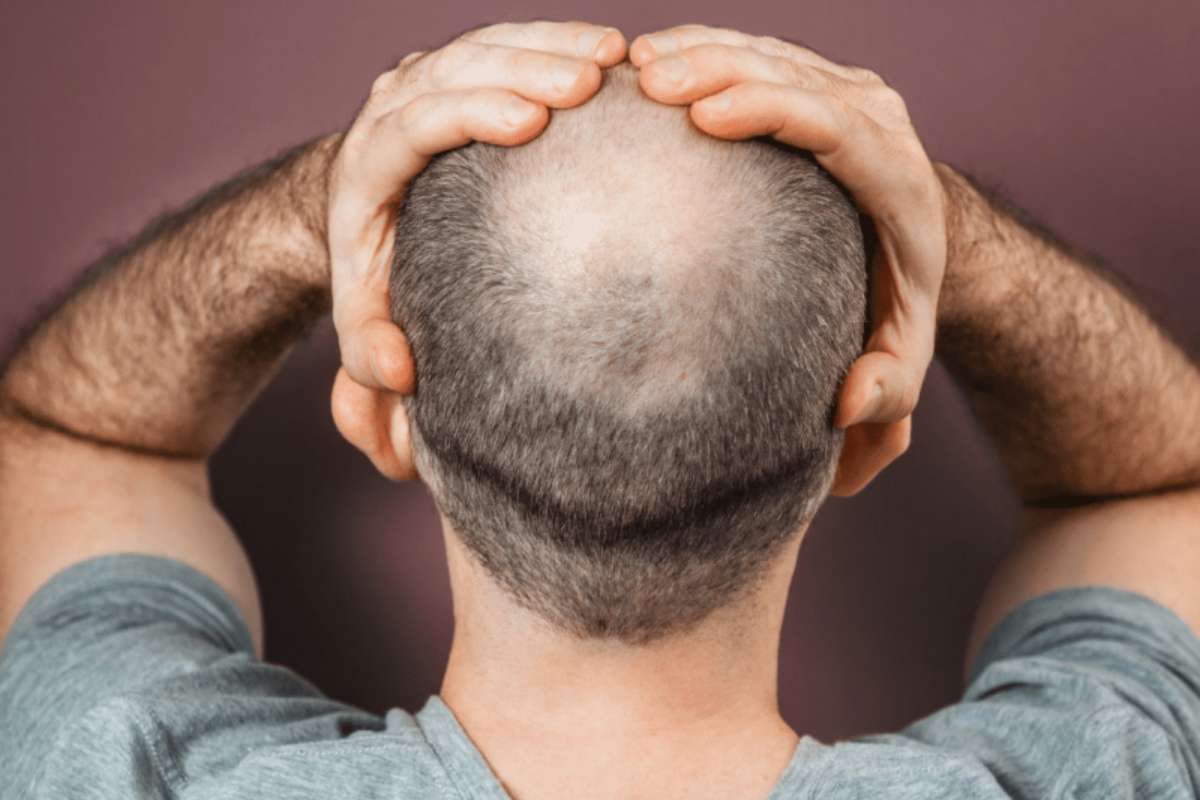Technology is always advancing in the field of hair transplant surgery and hair loss treatments, but oftentimes we find that technology that is typically used in other medical applications, may benefit those suffering from hair loss as well.
Just because a treatment or medication has been tested, and works, in one case, does not mean that it won’t work in different settings or to help treat different ailments. It all comes down to testing and scientific research to determine whether certain science can be applied to other areas, aside from the one they are currently being tested for.
Dermoscopy, or dermatoscopy, is one of these tools that has been used in one area of medicine and healthcare for a while but has now found its way over to the hair loss community. This tool can be used to help diagnose different forms of hair loss like alopecia areata. Using this method to make an early diagnosis can help doctors form a more specialized treatment plan for those who may be suffering from certain types of hair loss.
So, let’s take a look at dermoscopy and what it is traditionally used for as well how they are benefiting the hair loss community and how they can help with hair transplants.
What is Dermoscopy, Dermatoscopy, Trichoscopy?
Dermoscopy is a non-invasive procedure that uses a special tool to look closely at your skin. Traditionally doctors use dermoscopy to check your moles, freckles, and other spots on your skin to help determine if they might be a problem, like skin cancer.
A dermatoscope acts sort of like X-ray vision which allows us to see through the skin to view structures that we wouldn’t normally be able to see with the naked eye. This way, skin problems can be detected early and help keep you healthy. It’s a simple and painless procedure that allows doctors to keep track of skin abnormalities to ensure that none of them become problematic over time.
Traditionally this is what dermoscopy has been used for over the years, but hair transplant specialists are finding new ways to use these tools to help people suffering from hair loss.
Dermoscopy for Hair Loss
Dermoscopy offers significant advantages over traditional diagnostic methods for hair loss. It provides a magnified view of the scalp and hair follicles, enabling precise examination and assessment. This tool helps in determining various hair loss conditions and their underlying causes, ultimately aiding in hair loss treatment plans.
It relies on polarized or non-polarized light to illuminate the scalp and hair follicles and see structures underneath the surface of the skin. The dermatoscope’s polarization feature along with magnification allows for a detailed view of not just the hairs but also structures like blood vessels, inflammatory cells, sweat glands or scarring which helps clinicians identify specific features and anomalies associated with different hair loss conditions.
In terms of hair loss, since dermoscopy allows for such a close look at the hair follicles and the scalp, it can help determine which type of hair loss a patient may be suffering from based on the characteristics of the hair.
Types of Hair Loss That Can Be Determined Through Dermoscopy
Androgenetic Alopecia – This is the most common type of hair loss that affects both men and women. A dermoscopy can help assess hair density, thickness, and the presence of miniaturized hairs.
Alopecia Areata – This type of hair loss is caused by an autoimmune condition that results in hair loss in a distinct pattern. A dermoscopy can aid in identifying exclamation mark hairs and yellow dots, which are often found with alopecia areata.
Telogen Effluvium – Hair loss of this nature is typically caused by stress, illness, or hormonal changes and can be determined by identifying hair shaft variations but primarily normal looking scalp and hair.
Dermoscopy is Non-Invasive and Painless
The process of dermoscopy is non-invasive and does not cause any pain to the patient. At its core it is a magnifying glass and special light attached to a camera that is used to look deeper into the scalp and hair follicles than the human eye can on its own.
There is no need for numbing agents, or any stress related to pain when it comes to this diagnostic procedure. There are no incisions being made, no biopsies, and no excising of follicles. It’s simply a really fancy camera.
Dermoscopy is a great way to help determine what type of hair loss you may be experiencing and allows your doctor to develop a treatment plan specific to your case.
Dermoscopy vs. Traditional Diagnostic Methods
Traditionally, when determining what type of hair loss you may be suffering from, a skilled hair loss specialist will do a visual examination of your scalp and hair. This often only entails the doctor combing through your scalp, while also looking at the different observable patterns of hair loss you are experiencing.
Since this method uses the human eye, it’s not as reliable at viewing the scalp and follicles at the magnification level needed to make a diagnosis with 100% certainty. Having the ability to zoom in and take pictures at the high rate of magnification makes it easier for a doctor to see determining factors in the hair and scalp to make a more informed decision.
The only other way to see structures under the skin would be to take a biopsy, which is considered a simple in-office procedure but does require local anesthesia, cutting a small sample of your scalp and suturing the wound. It then takes about a week to get results back from the lab. The use of a dermatoscope may help you to avoid a biopsy and the images from the dermatoscope are evaluated immediately by your doctor.
Technology and Hair Transplants
As technology continues to improve and we continue to find new and intuitive ways to use existing technology in the fight against hair loss, we move closer to better, more effective treatment plans.
Dr. Krejci has seen an increasing number of patients in recent years who come for surgical consultation. Many thought they had straight forward male pattern hair loss but with the use of her dermatoscope she has identified scarring alopecias like Lichen Planopilaris or Frontal Fibrosing Alopecia. If this condition went undiagnosed, the results of a hair transplant would be devastating and could result in complete rejection of the grafts. Thankfully with her expertise, she has saved many patients from ill-advised surgeries by use of dermoscopy.
Using dermoscopy in determining what type of hair loss a patient is suffering from gives us the ability to tailor treatment plans to the specific needs of the patient, which also leads to a higher treatment success rate.
If you’re suffering from hair loss and would like help in putting together a treatment plan or are looking for information regarding hair transplants, please contact us today!







